Insurance was originally designed as a tool to reduce the financial loss exposure of one party by distributing the risk across a large number of similar risks. The insured party transfers the risk to a 3rd party in exchange for a set price, or premium. The greater the exposure to loss that exists, the greater the price to transfer the risk. Insurance Companies use statistical data to determine the likelihood of a loss for a particular risk, then charge the appropriate premium for the risk. This price is termed as the “True Cost of Insurance” for a particular risk.
Once the “True Cost of Insurance” is determined, the insurance companies must then take into consideration their individual risk appetite for a particular risk, market conditions, and competition. If the insurance company determines that a particular risk, or risk class, could be profitable over a period of time, then they adjust their pricing according to the competition that exists for that type of risk. Effectively taking the “True Cost of Insurance” and reducing that price so that they will be competitive within that market.
Now that we have discussed some of the mechanics of Insurance, we can better understand the problems of the North Carolina Beach Plan and how those problems will affect every homeowner in North Carolina. The Beach Plan was created as a market of last resort for property in the coastal counties of North Carolina. Over the years, this market of last resort has turned into the Market of BEST Resort. The reason this has happened can be traced back to one of the basic principles of insurance, charging an appropriate price for a particular risk.
The North Carolina Beach Plan is essentially a government agency. While the Beach Plan employs people with insurance backgrounds, that does not mean the agency is qualified to act as an Insurance Company. Given these facts, you can understand that those in charge of this plan may not be the best people to determine things such as appropriate underwriting guideline, appropriate balance sheet management, and most importantly approriate risk pricing. In a nutshell, the Beach Plan provides coverage that is too good at a premium that is far too cheap.
I challenge you to go to any “standard” insurance company and have them “price” any individual risk within the 18 coastal counties, then compare that premium to what the Beach Plan charges for the same risk. You will see the Beach Plan is typically 100{66506b27ca8f5234034d808fc0aabc14bc16ceb45d71027974b073b60f711cfe}-200{66506b27ca8f5234034d808fc0aabc14bc16ceb45d71027974b073b60f711cfe} cheaper than a standard insurance company. As a consumer who owns coastal property, that works out well for you right now. However, if you step back and look at that price difference, you have to believe there is something wrong with the pricing (either on the insurance company’s part or on the Beach Plan’s part). Considering that if you were to get pricing from 10 different insurance companies, the pricing from all the insurance companies would all be considerably higher than that of the Beach Plan, would it be wise to assume that all the insurance carriers were wrong? Or would a better deduction be that the Beach Plan was wrong?
Whatever you personally think, the insurance companies are in the business of pricing risks. It would be safe to assume that a company that is in the business of pricing risk is better suited to price risks better than a government agency.
As a consumer, you still may be thinking, “I am able to get a better deal using the Beach Plan, good for me!”. That is true until you consider that the Beach Plan does not have to appropriate reinsurance or reserves to pay the claims associated with the property they insure. To put that into perspective, insurance companies would be unable to legally do business in North Carolina if they did not have the proper reinsurance and reserves to pay all their claims. So, as you can see, there is a double standard present.
To compound the issue, since the Beach Plan is not functionally solvent, the burden to pay the claims they can not, is now shifted to every insurance company that provides property insurance in North Carolina. A company will be assessed for the Beach Plan’s shortfall according to the companies North Carolina Market Share.
So what does this mean to the consumer? Right now, the insurance companies have no means to recoup the assessment(s) they would incur. It is safe to assume that losing money is the last thing any company wants to do! So insurance companies will start charging more premium to all North Carolina Homeowners. That in itself is not enough since North Carolina sets a maximum rate for risks in North Carolina. That means that insurance companies must reduce their exposure by increasing underwriting requirements and slowing or stopping market share growth. Some companies will even be forced to cancel all of their North Carolina exposures.
With companies increasing underwriting guidelines, increasing premiums, reducing exposure, and/or withdrawing from North Carolina; North Carolina Insurance consumers are now faced with an AVAILABILITY issue versus a PRICING issue. That’s right, there is a chance that you will not be able to get insurance from a standard carrier! If you are lucky enough to qualify for a standard homeowner’s insurance plan, you will pay substantially more now than you would have 6 months to 1 year ago.
About The Author: Jack Wingate is a Professional Insurance Advisor and Founder of ALLCHOICE Insurance. For more information about Jack Wingate, ALLCHOICE Insurance, or North Carolina Homeowner’s Insurance, please visit https://allchoiceinsurance.com
